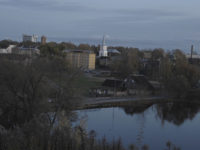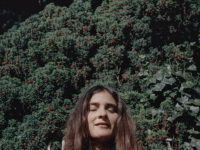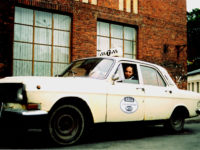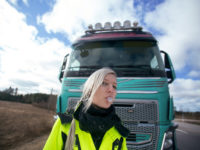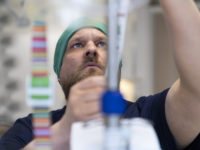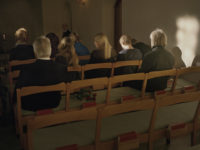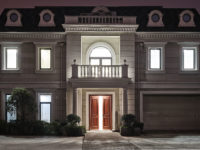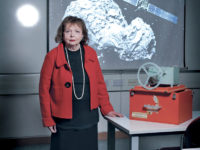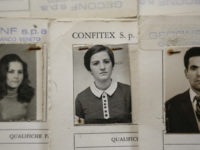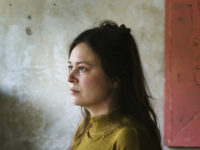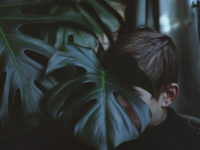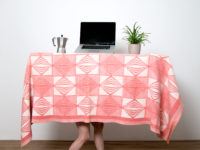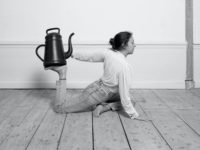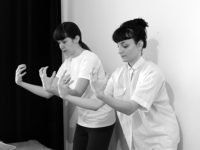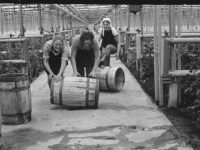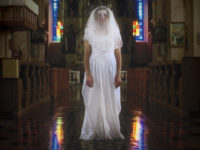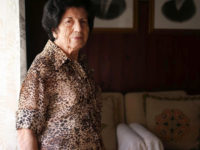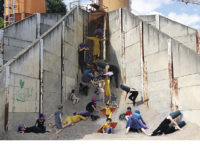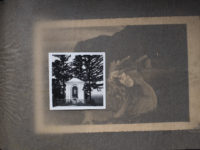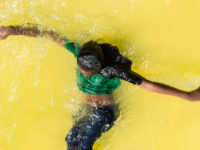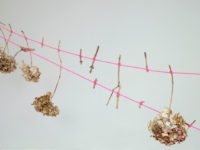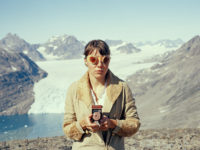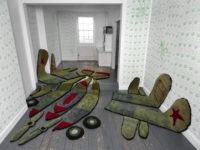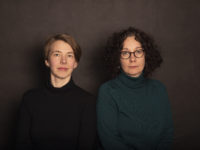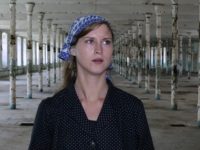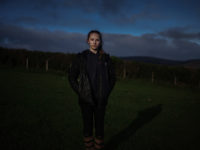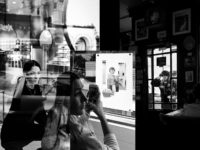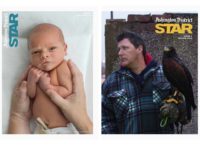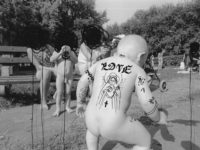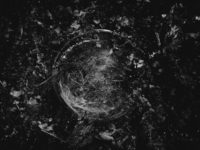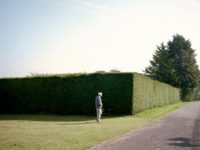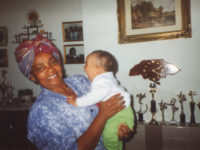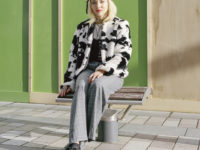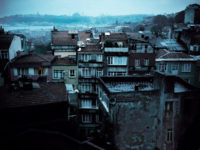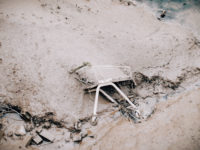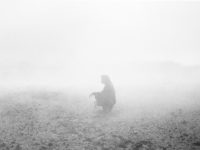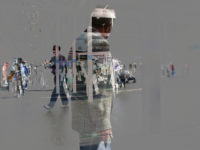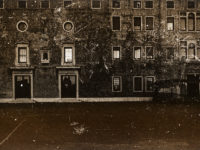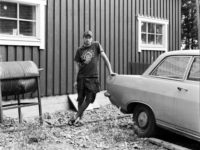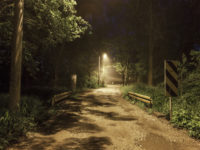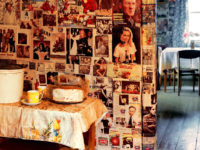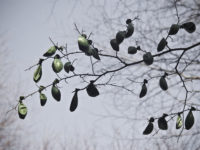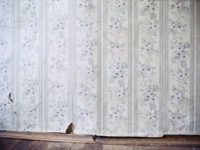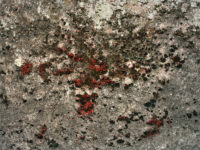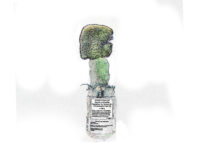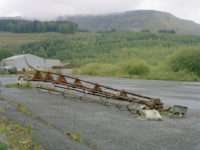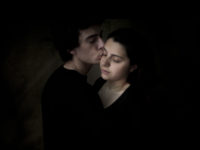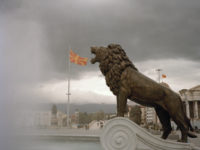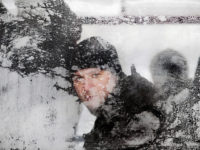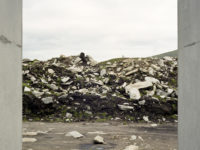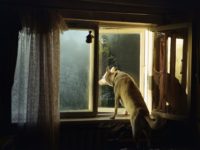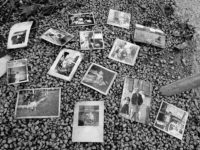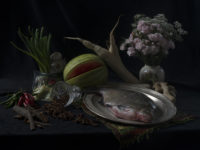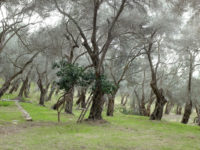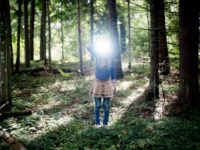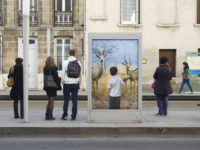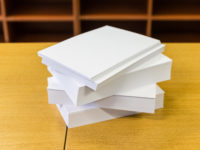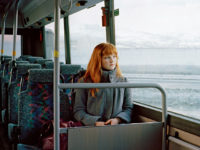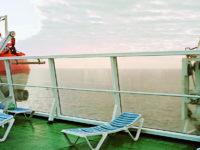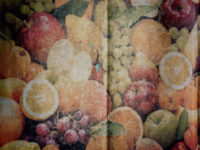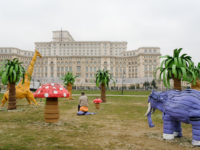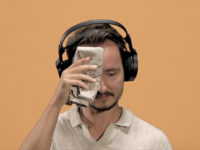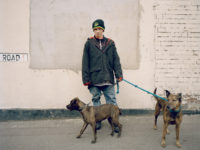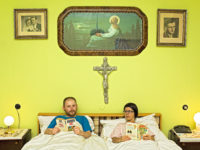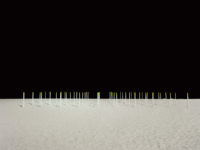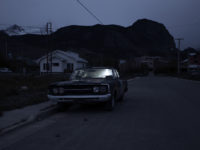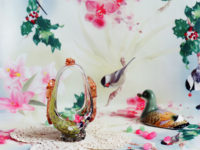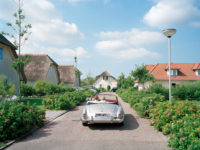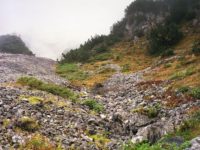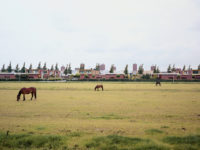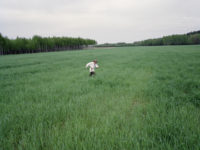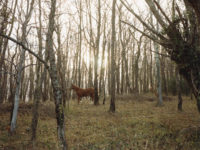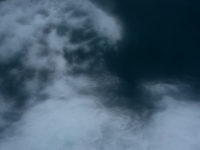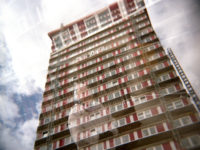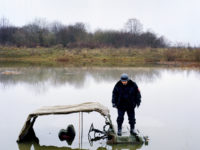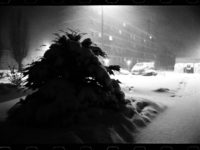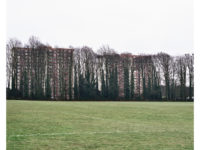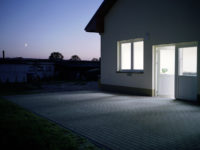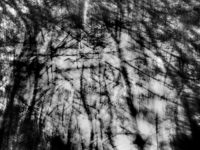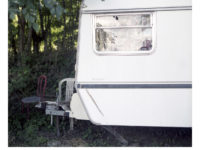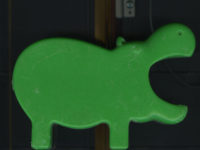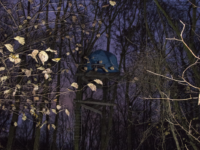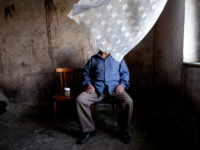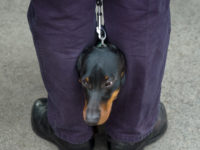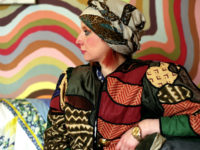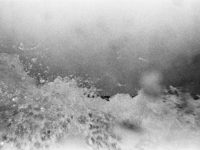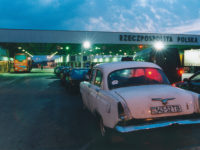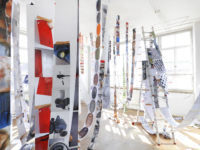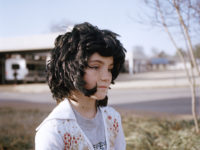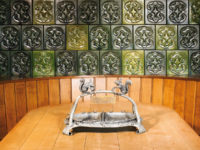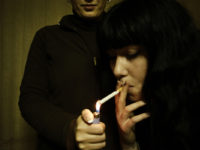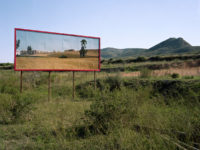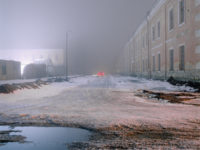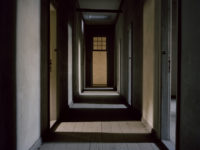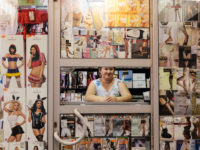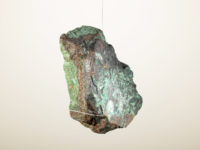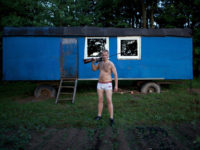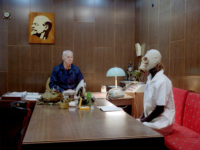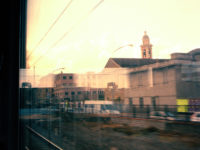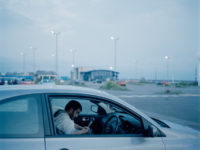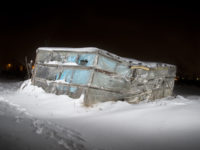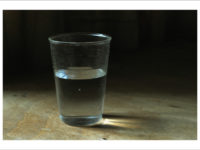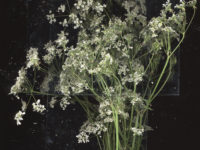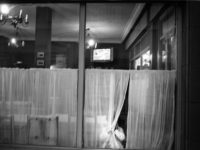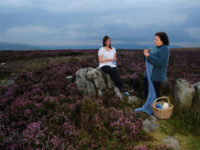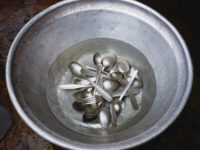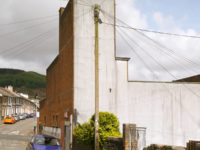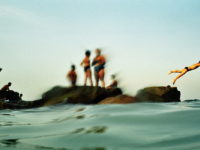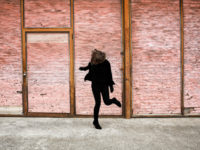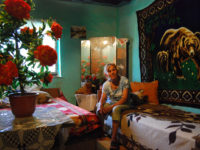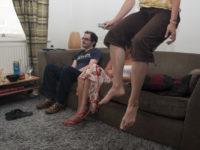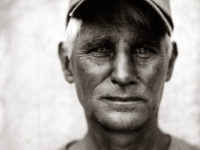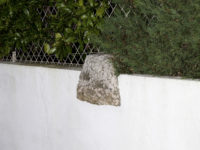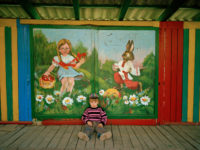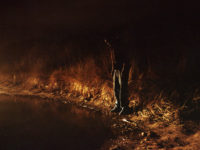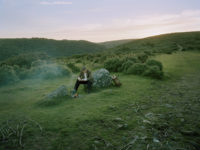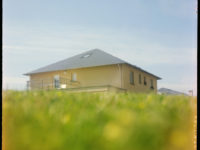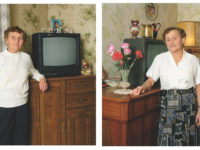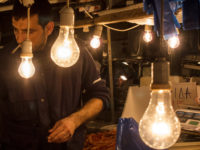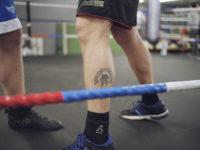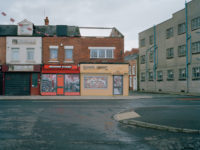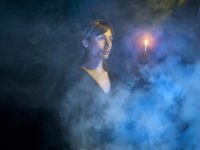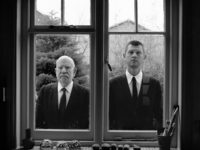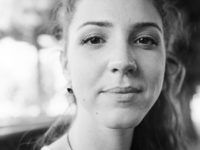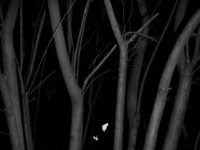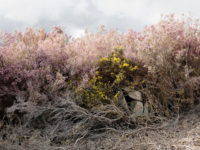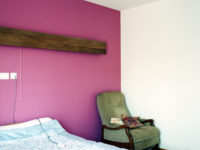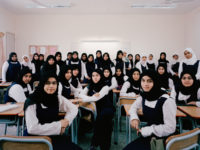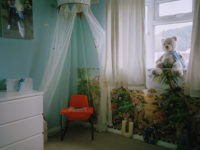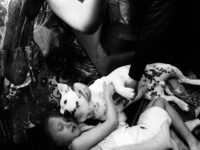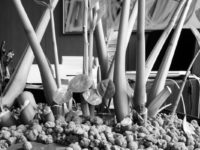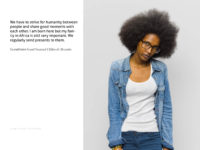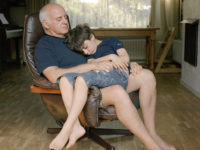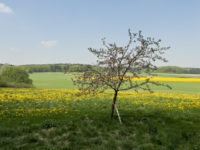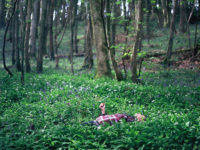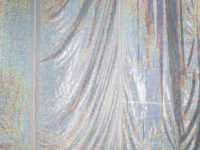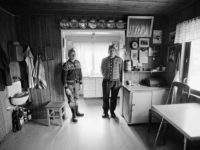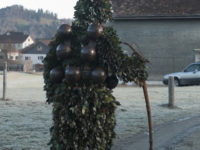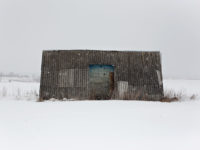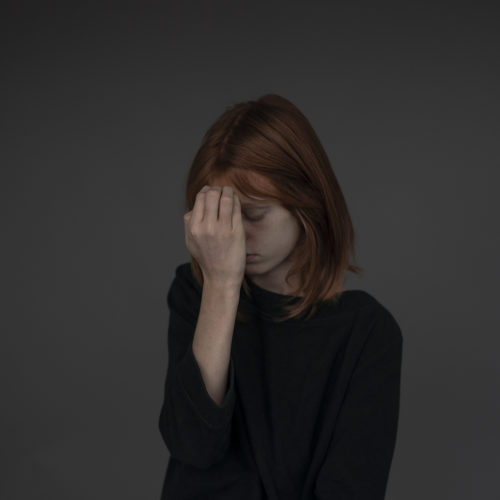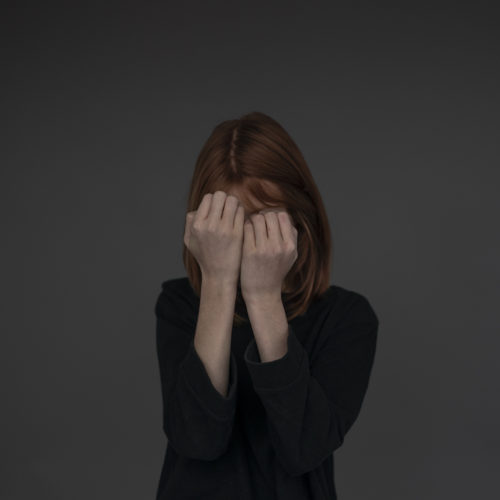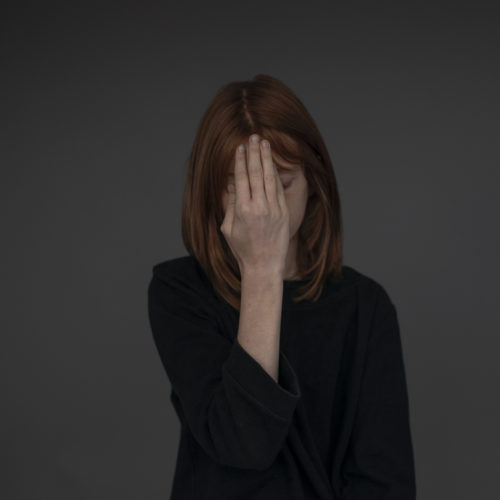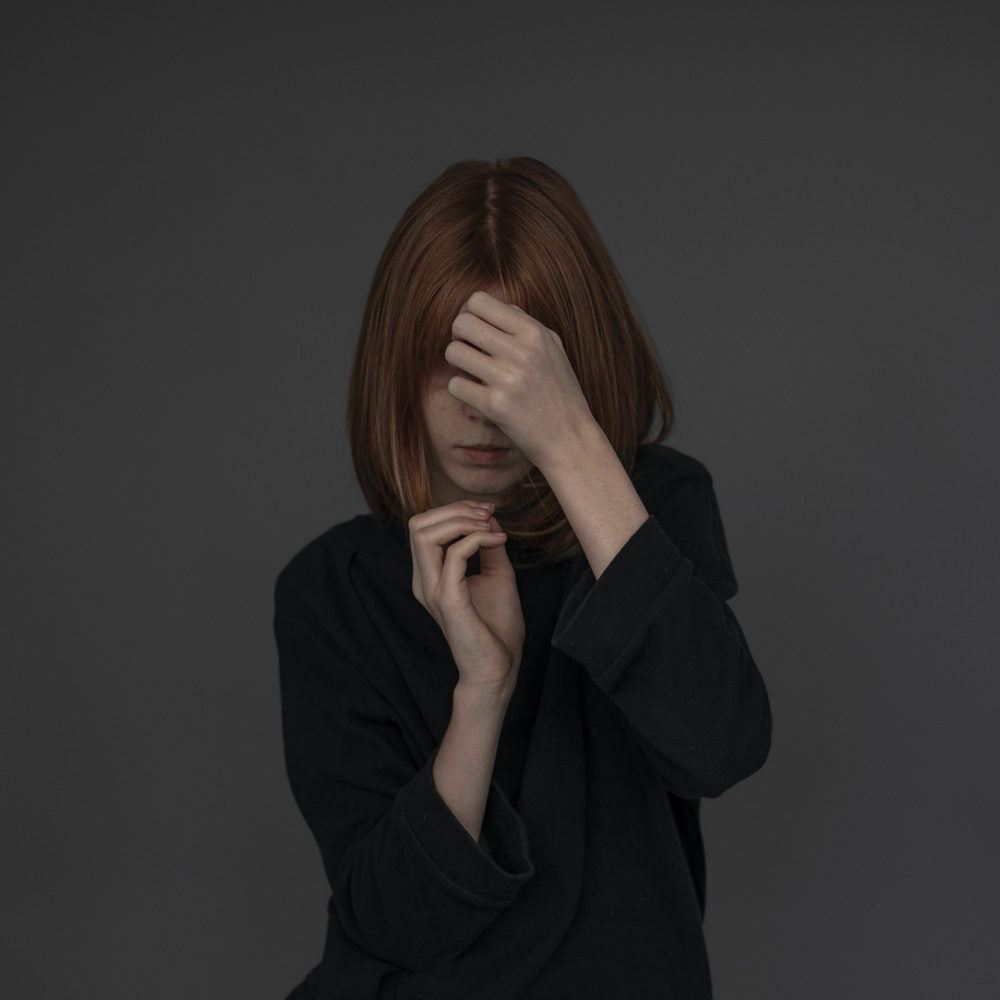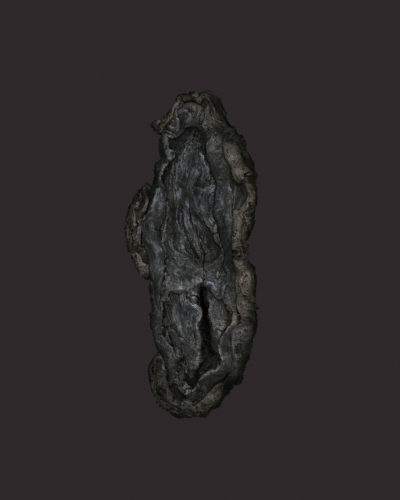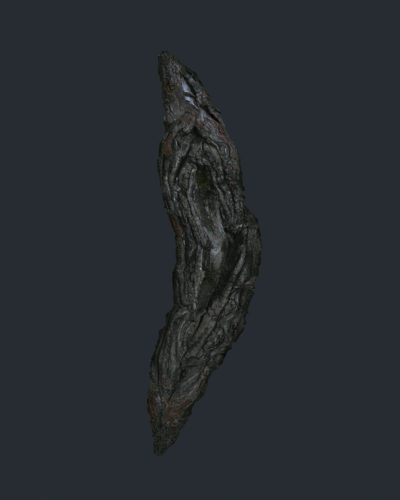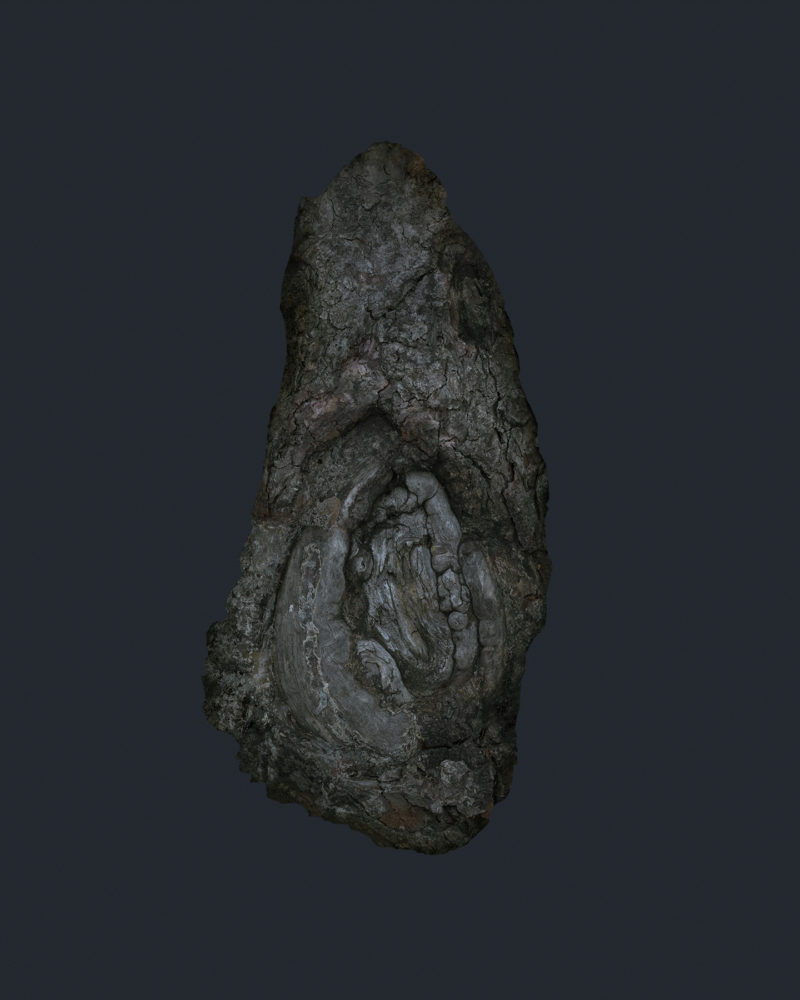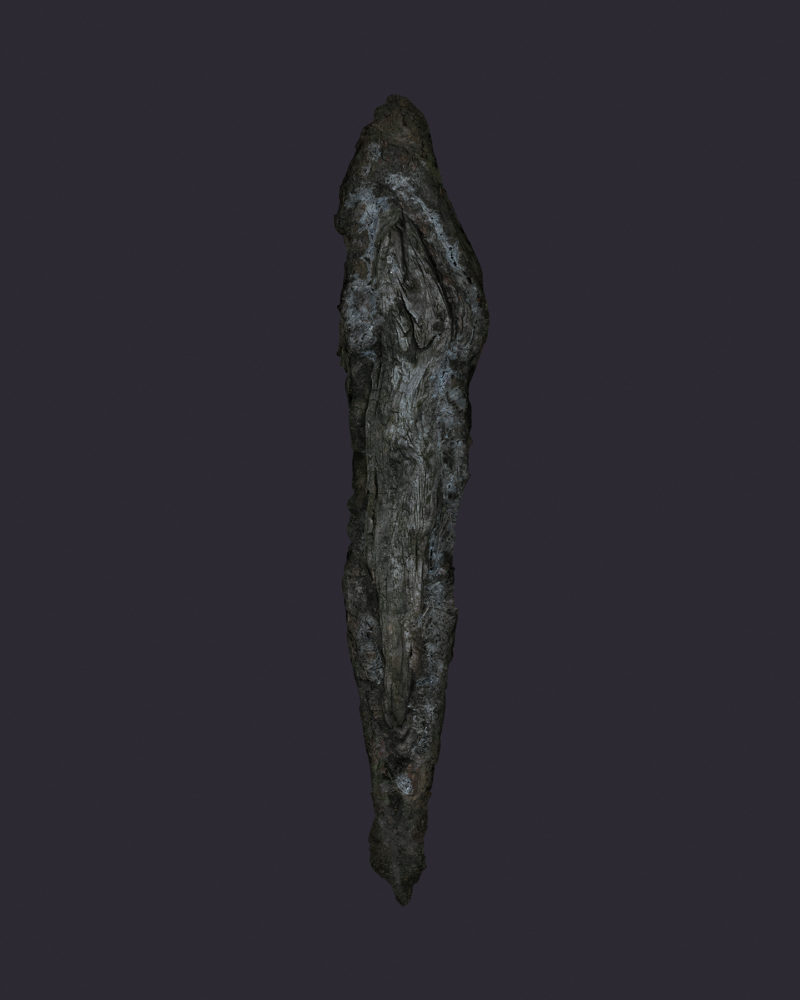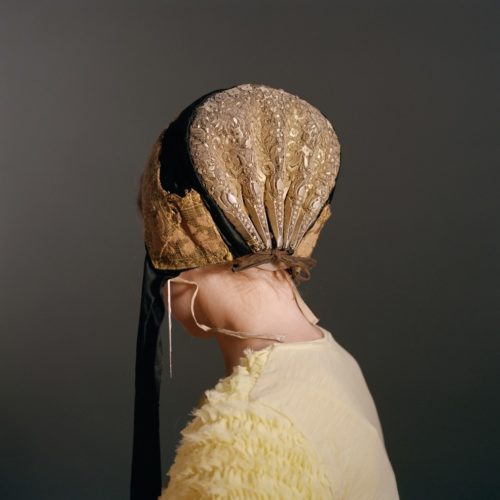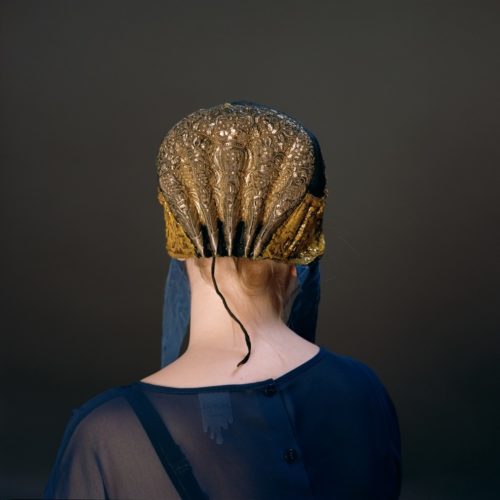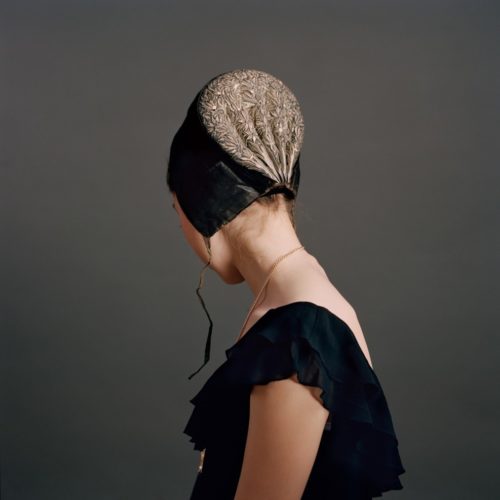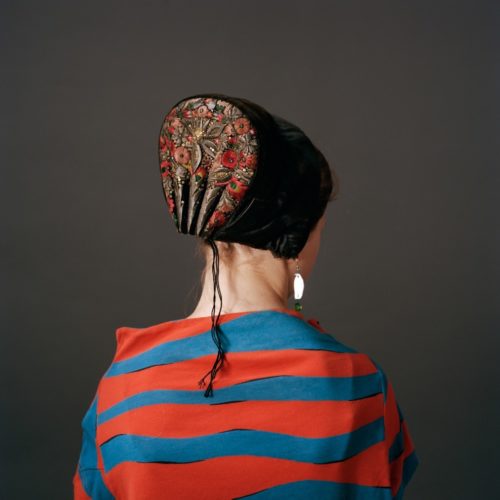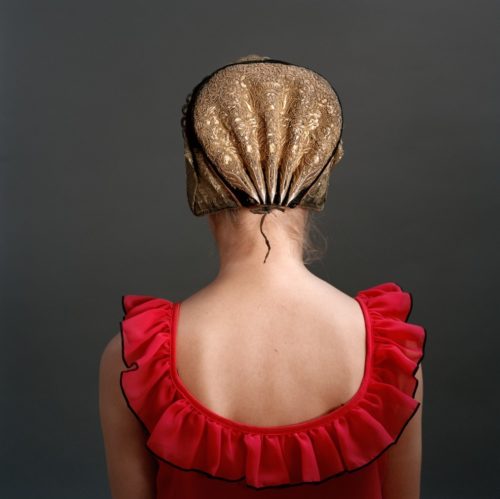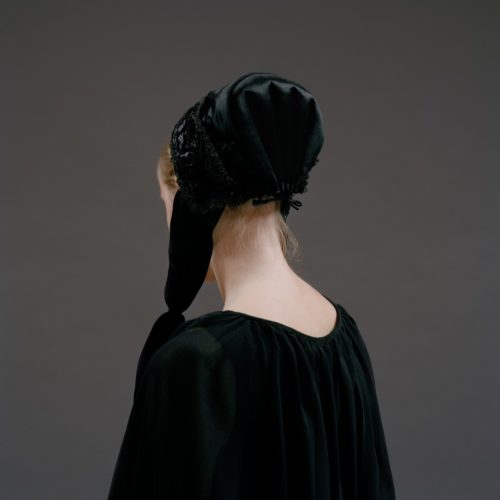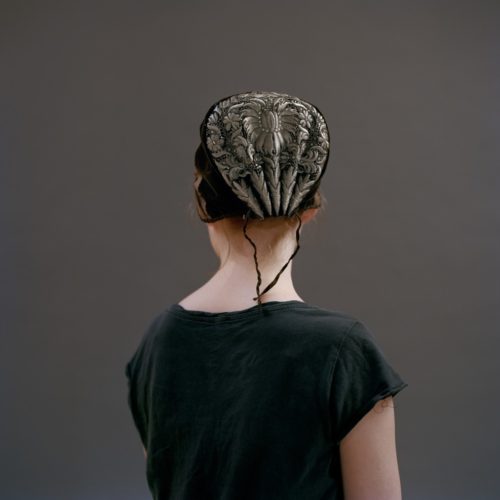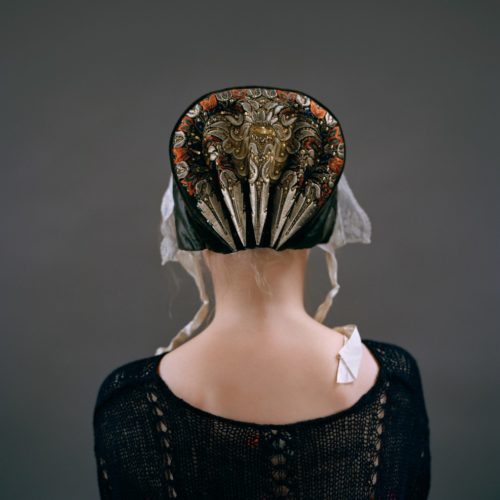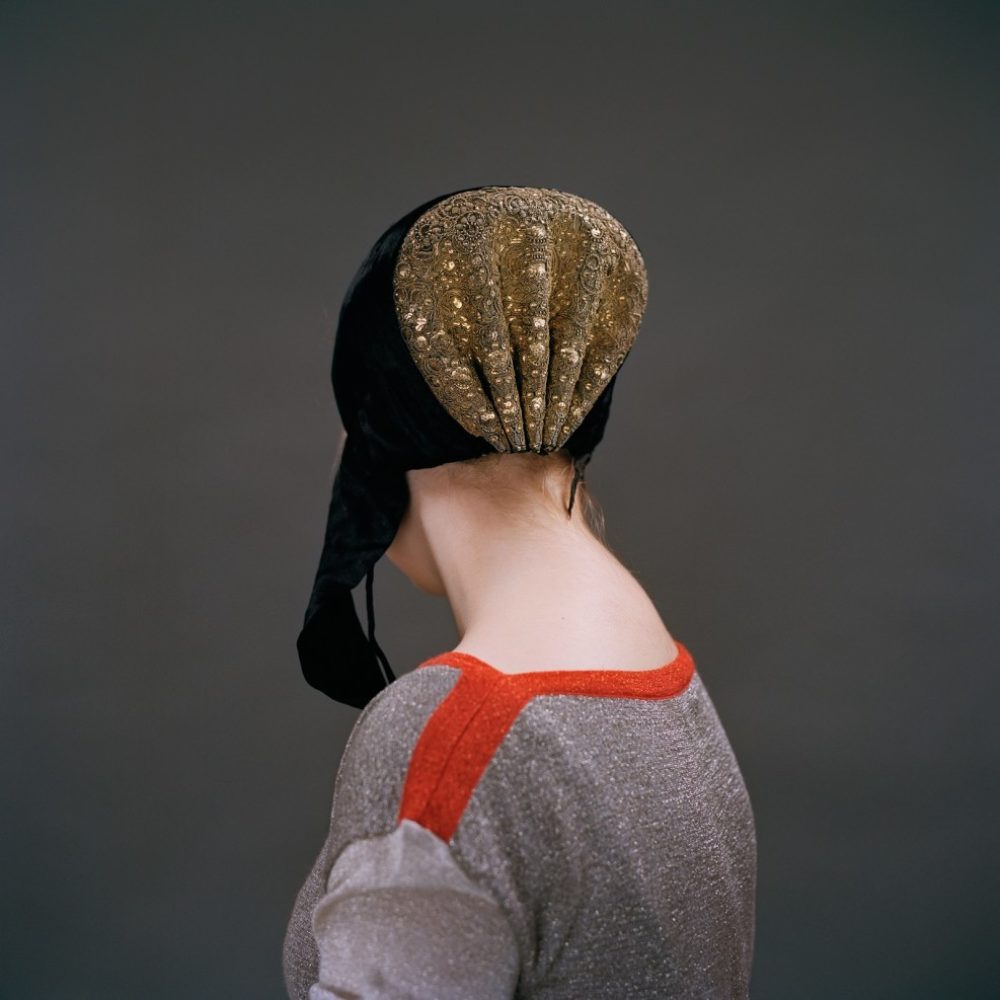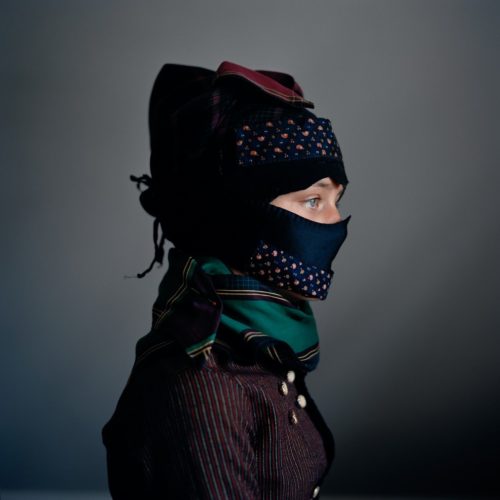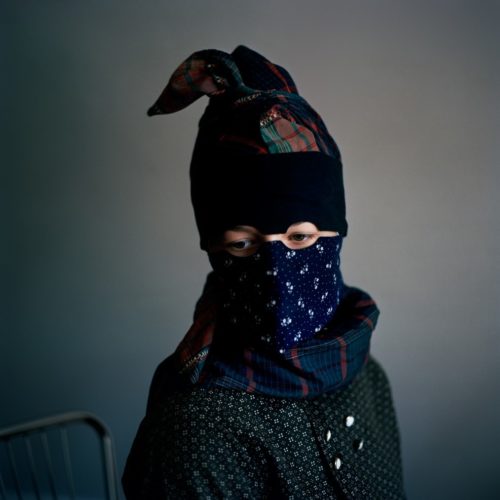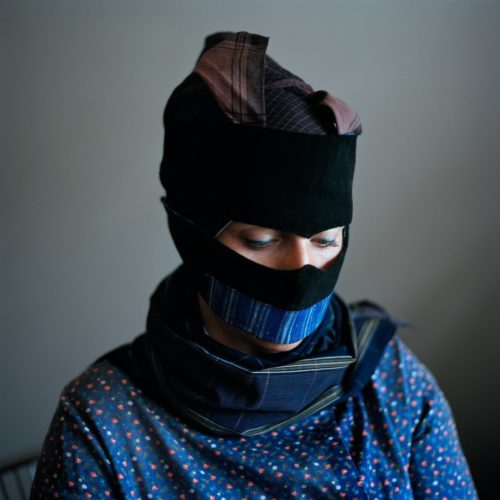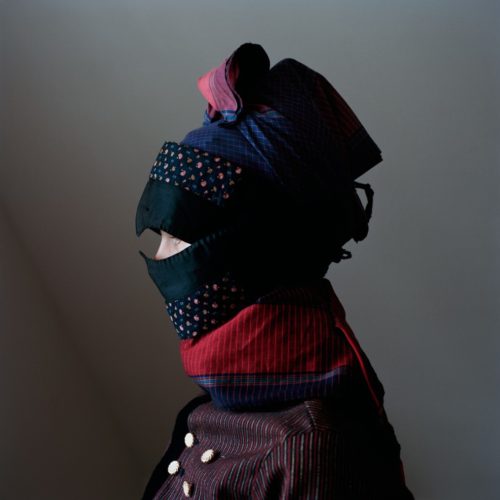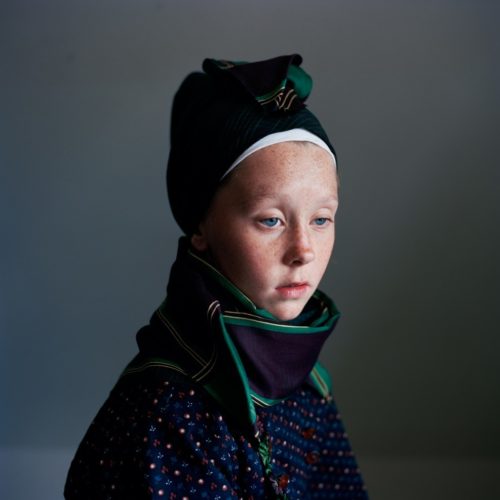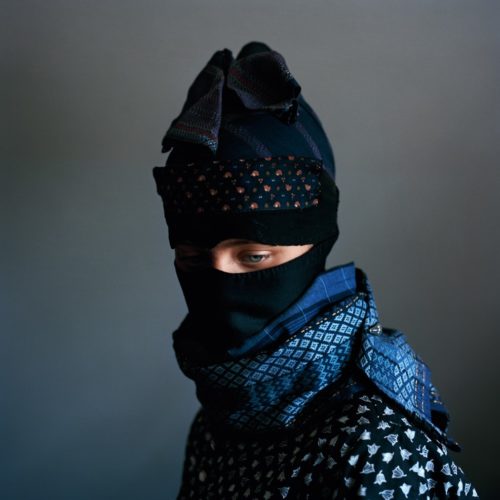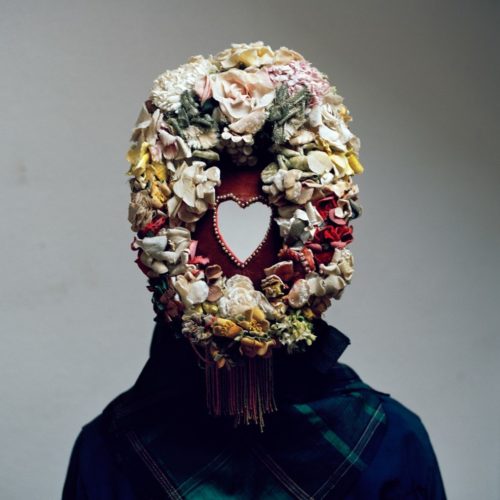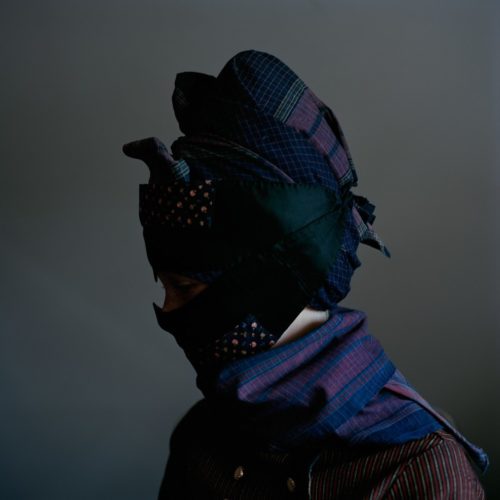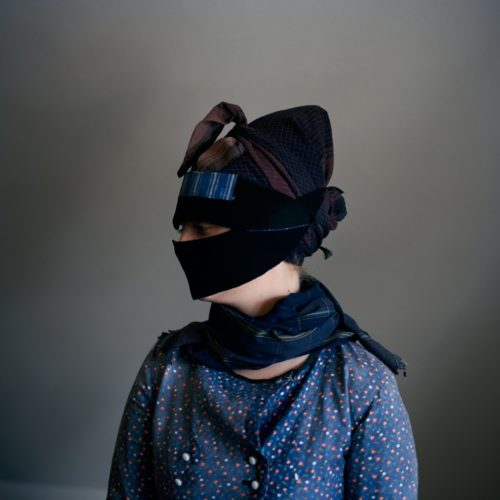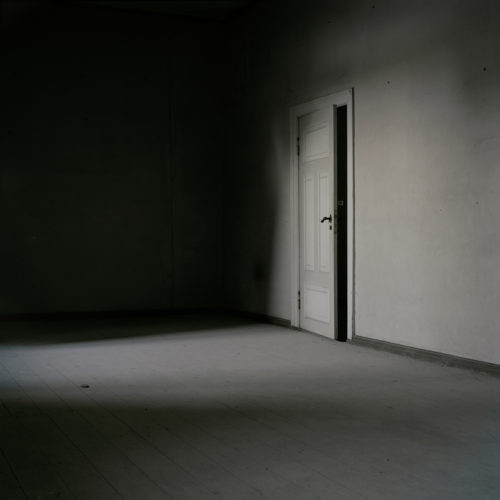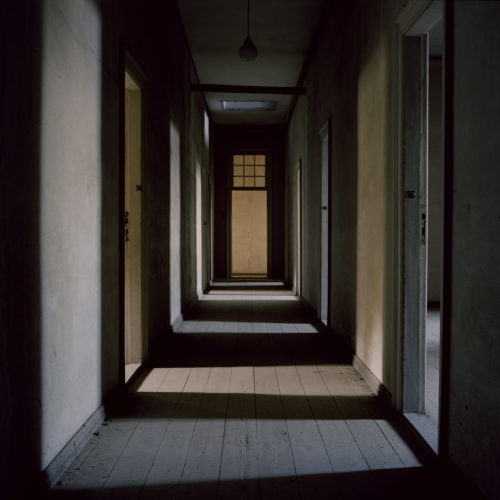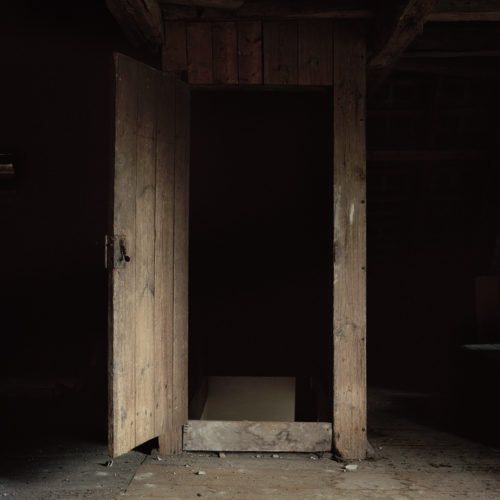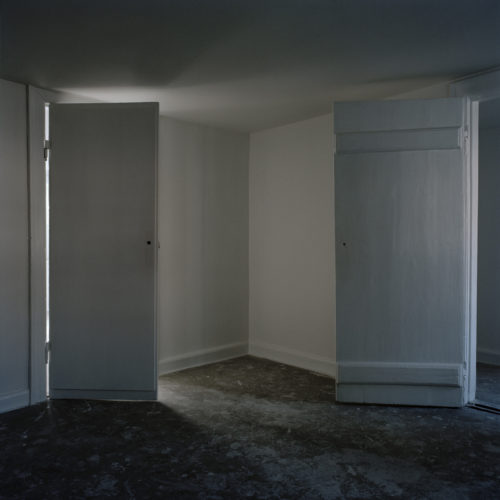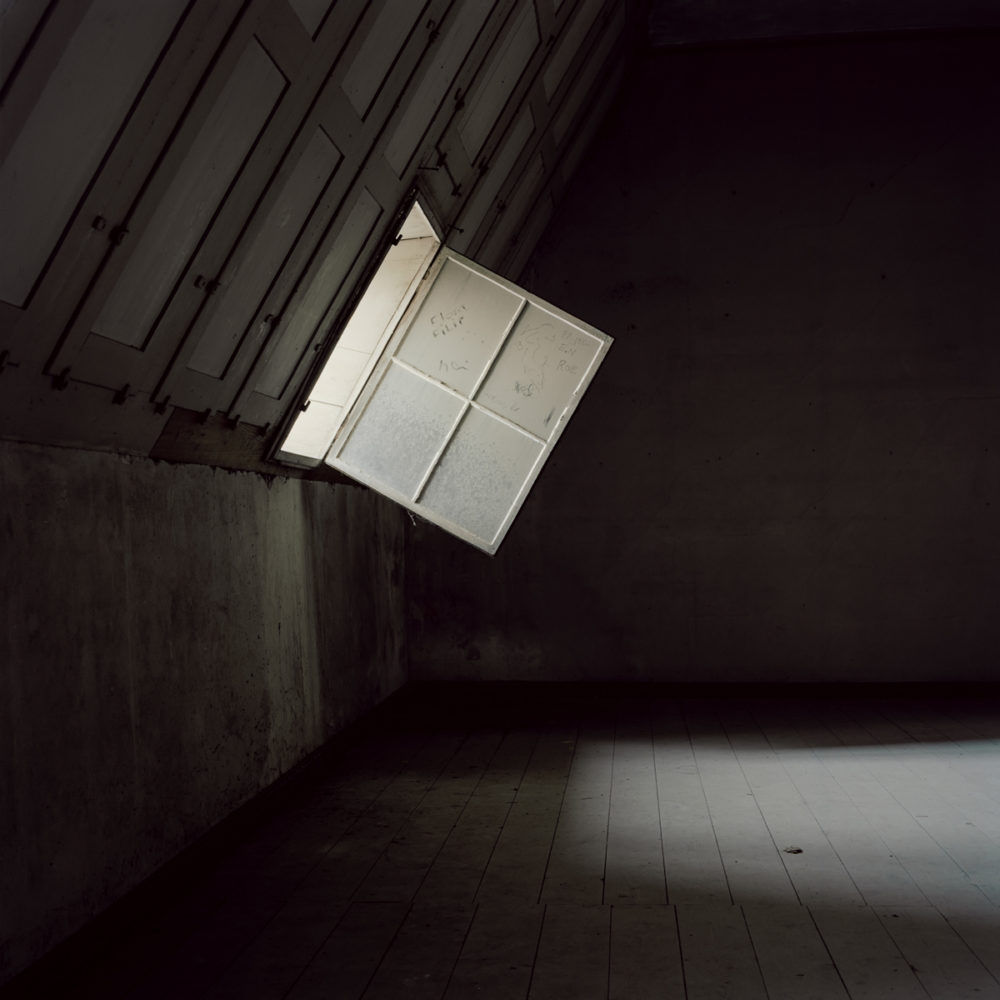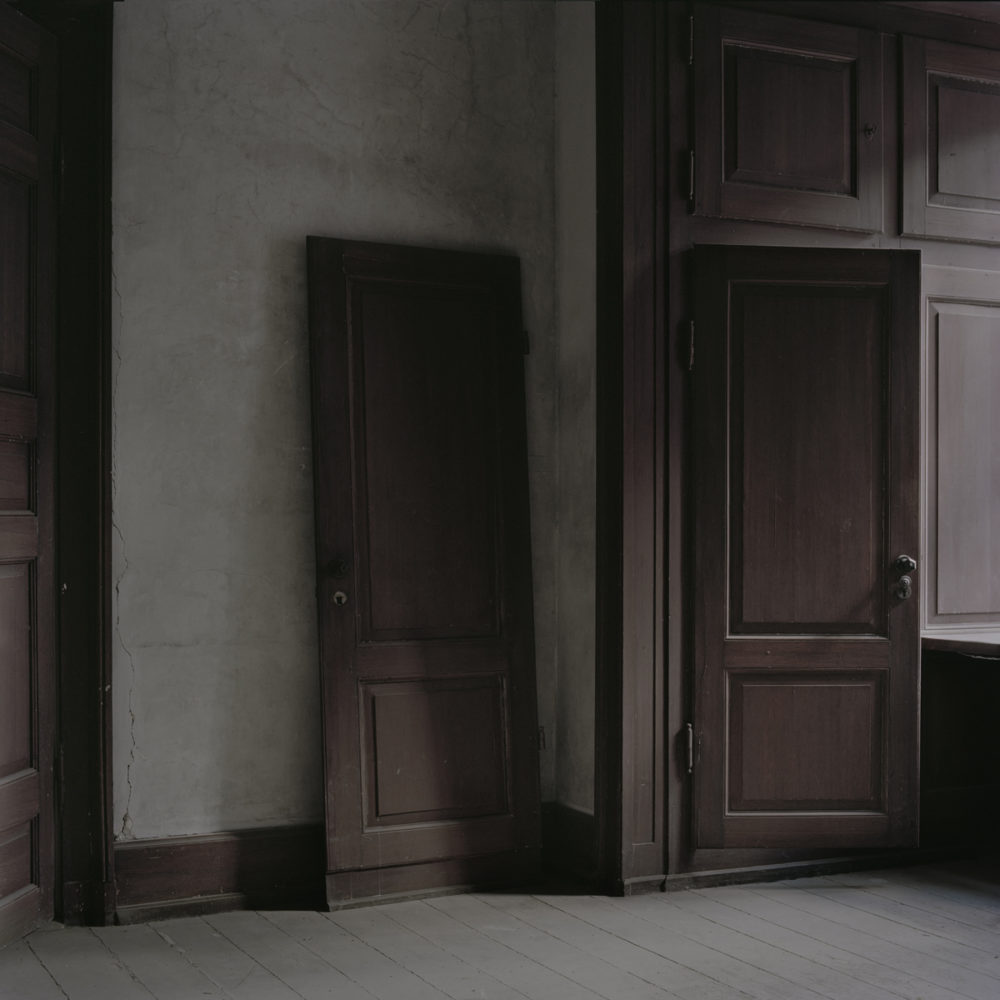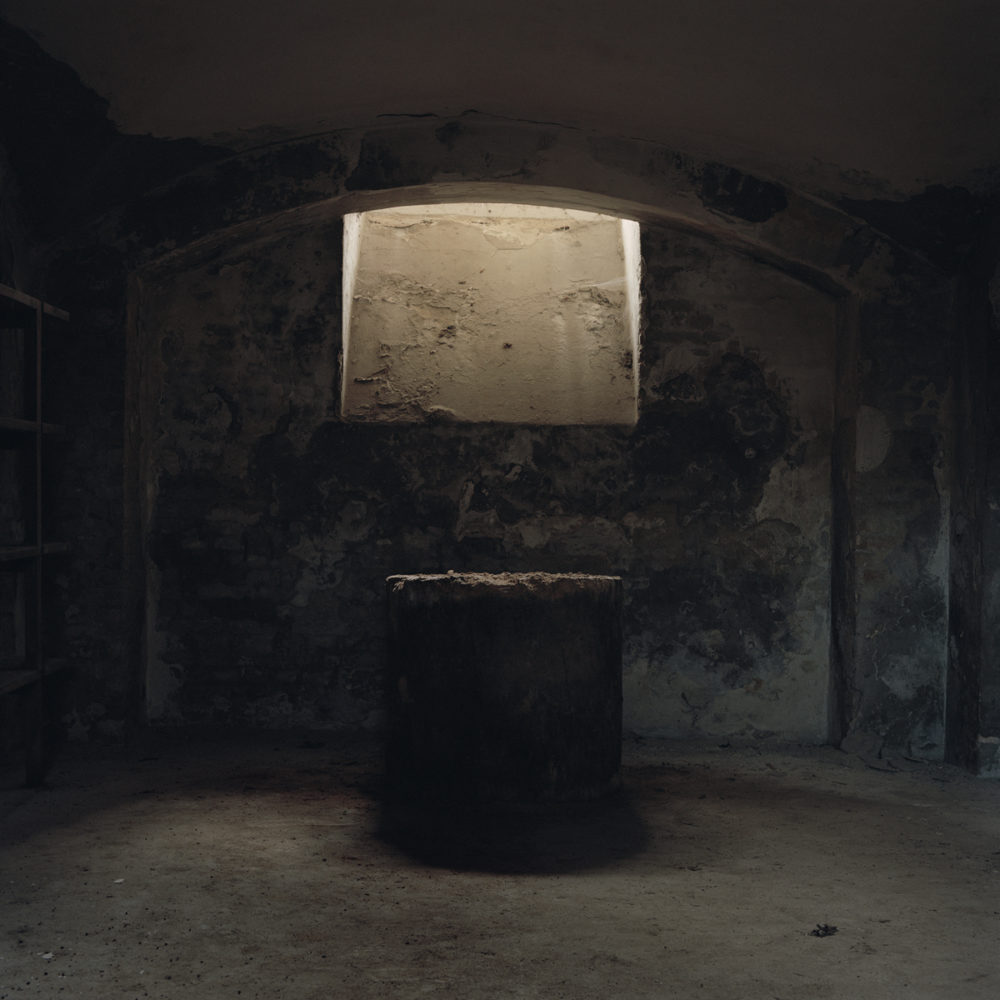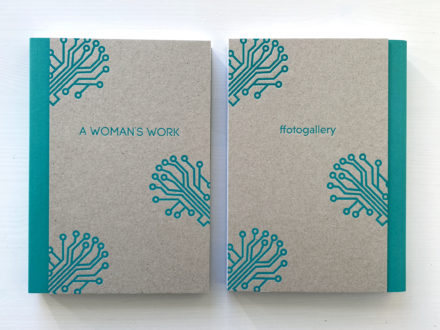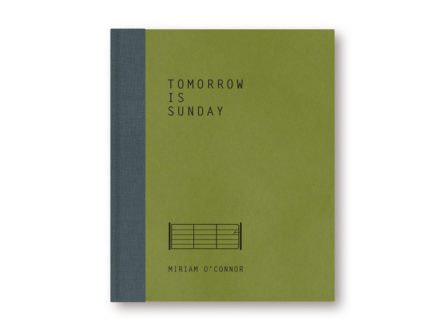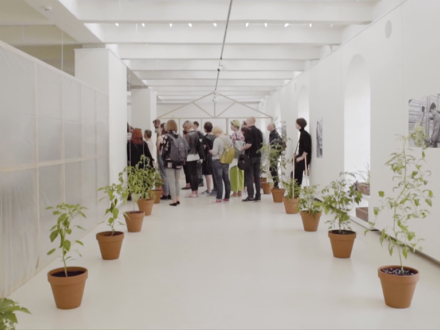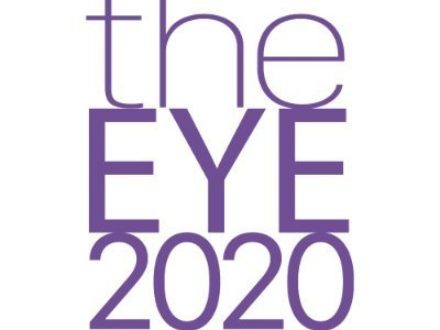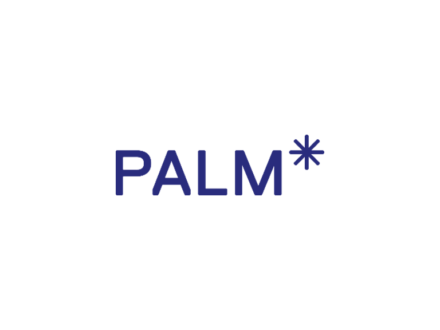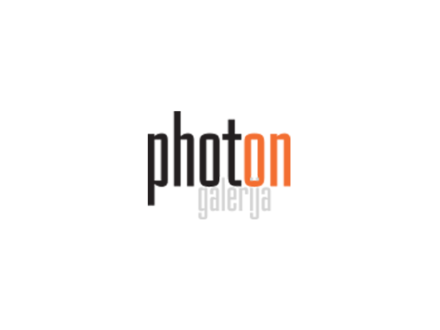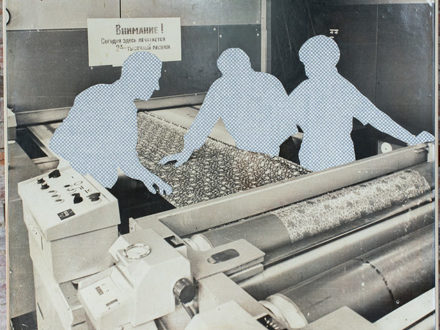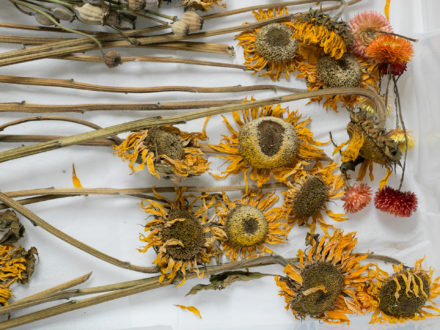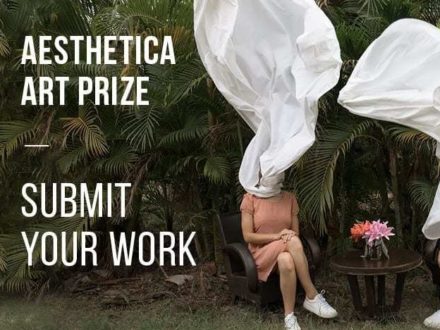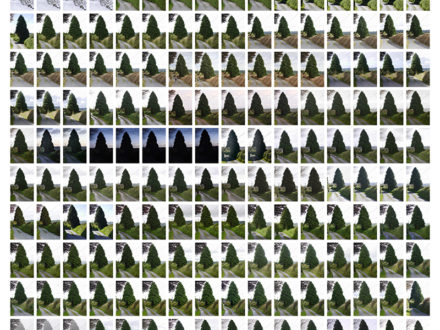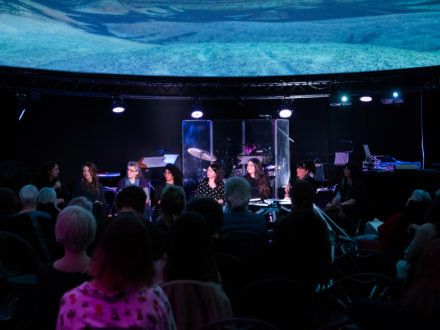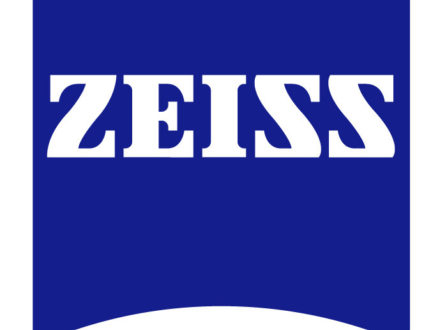Biography
Internationally acclaimed visual artist Trine Søndergaard was born in Denmark in 1972. She is represented by Martin Asbæk Gallery, Copenhagen, and Bruce Silverstein Gallery, New York.
Trine Søndergaard’s work is marked by a precision and a sensibility that co-exist with an investigation of the medium of photography, its boundaries and what constitutes an image. Layered with meaning and quiet emotion, her works are highly acclaimed for their visual intensification of our perception of reality.
In 2000 she was awarded The Albert Renger-Patzsch Prize and has since received numerous grants and fellowships, including a three-year working grant from the Danish Arts Foundation. Trine Søndergaard’s work has been featured in solo and group exhibitions around the world, and is represented in major public collections including MUSAC, Museo de Arte Contemporáneo de Castilla y León, Spain; the Museum of Fine Arts, Houston, USA; the Hasselblad Foundation, Sweden; the Israel Museum, Jerusalem and the Danish Arts Foundation, Denmark. In addition, she has completed public commissions for both museums and cultural institutions.
Trine Søndergaard has published books with Steidl, Hatje Cantz and Hassla Books. She has also exhibited and published extensively in collaboration with the Danish artist Nicolai Howalt.
Portfolio
Aegis
A series of silent portraits of a young female figure balances in the same way on the borderline between the open and the closed. She only partially shows her face, just enough to make us curious, but her hands protect and screen her from the surrounding world and an exchange of gazes with the viewer is prevented. The portraits of the anonymous girl – who is not a child but not an adult either – stand as frozen fragments in an enigmatic narrative beyond time and place. In an interplay with the knotted tree roots, our thoughts are directed towards the encounter between simplicity and complexity, ease and suffering of which all life is made.
Portfolio
Callus
In the series Callus – Latin for ‘hard skin’ and a term for the protective scar tissue formed by trees when they are wounded – we see a number of large scale photographs of damaged tree roots lying exposed and in the healing process. With their organic forms and processes they can be regarded as visualizations of the strangely contrastful and continuously changing nature of existence; how life ties itself in knots, expands and contracts, twists and dislocates, opens and heals wounds. As fragments of nature, the temporal and spatial anchoring of the roots is not negotiable, but in the photographs they have been detached from their original context and now stand as isolated, floating, staged objects enlarged to the scale of the body. Cautiously they open up from an unknown place and invite us to explore an at once very close and remote world – or another layer of reality.
Portfolio
Guldnakke
Gold is a universal symbol of wealth, the sublime or the divine. Gold provokes a feeling of desire in many of us. When Trine first saw the golden bonnets at a local museum, she was immediately fascinated by the material and the delicate embroidery, without knowing anything about the history behind them. The bonnets are from the mid-1800s and were popular among the wives of Denmark’s wealthy farmers. The bonnets were a status symbol. Gold textiles had previously been reserved for royalty, the nobility and the church. Highly specialised needlewomen made the bonnets, and these experts are early examples of self-employed women who were often able to provide for their families. Linking this kind of women’s history to a specific garment is something she has explored in the past, just as she's explored our ability to read the signs of the past previously.
Portfolio
Strude
Trine's work with Strude began at a local museum on a small Danish island where women’s folk dresses were exhibited on faceless cloth dummies. The colours were intense and the detail intricate, but it was the mask-like hood that drew my eye. A garment called a ‘strude’, worn by women in the past to protect their faces against the elements and still worn at the annual fête I returned to year after year to make the work.
Trine has been investigating portraiture in her work for some time: interrogating what constitutes an image and confronting the myth that the portrait can reveal personality – or capture ‘the soul’. In the traditional portrait the subject often meets the gaze of the viewer. In most of the images in Strude this meeting is doubly blocked: by the mask and by the averted face of the sitter. She's interested in what lies beyond the direct gaze, in what happens when we can’t look people in the eye. Her focus is the introversion and mental space that lies beyond the image. And time or duration in the coexistence of different times in consciousness. In Strude this is reflected in the inclusion of different elements of the past and the present, but also in the duration of the gaze itself – the mechanisms of reading or decoding the image. Especially in a contemporary Western context, where the controlling power of surveillance and scrutiny are highly present in the polemics of burqa debates and mask bans.
Here the covered faces and tightly buttoned dresses in Strude are highly resonant. The ‘strude’ clearly delineates what is hidden and raises the question of what is exposed in the image. What is said and unsaid. Just as the codes of the dresses remain an island secret for the uninitiated, she wanted to explore what happens when the meeting between the gaze of the subject and the viewer is deflected and denied.
Trine wanted to photograph an inner mental state and to create the stillness or quiet within which it occurs. The images are highly concentrated – stripped down: analogue, shot in natural light, with only the subject and herself secluded in a corner of the attic where the women dressed each other. Each sitter was minutely directed in front of the camera to capture the pose and angle of introspection. An experiment in how far the sitter can be turned before she turns her back on us.
Just as the dummies in the museum supported the dresses, the sitters and their masks form the scaffolding for her investigation. They are the generic material for exploring the gap – or bridge – between the trappings of the past and the present, representing a state of mind that transcends period and cultural context.
Portfolio
Interior
Over a period of four years, the artist Trine Søndergaard patiently gathered the images in the series Interior. Revisiting and returning to the winter rooms of the uninhabited Danish manors she has chosen as the latest sites for her unique precision and sensibility – and continuing interrogation of the photographic image.
The manors had been empty for over a half-century when she first arrived. A shell of the past – their rooms stripped and devoid of life. There are clear associations with the 19th-century Danish painter Vilhelm Hammershøi: the harmonic tonality of a palette of greys, the acute awareness and rendering of light. Søndergaard mirrors this masterly use of natural light – slowly, painstakingly drawing out the muted nuances of dusty white on white, challenging perceptions of the instantaneousness of photography – especially in the digital age.
In Interior, the exposure is long – as is the perspective. The tunnelling depth of doors beyond doors, the many staircases ending at a window and the view beyond – altars to the image and the light outside the damp decay of the manors’ thick walls.
A visual and thematic continuation of her former portrait series Monochrome Portraits and Strude, the images in Interior explore an inner state of mind-probing what is usually concealed and hidden from view. Only here the images, like the buildings, are uninhabited. The only human traces captured in the waning light are ghostly footprints, and words scratched into the petrified dust on an attic window that can no longer be closed. Open to the elements – the interior and exterior no longer hermetically sealed.


